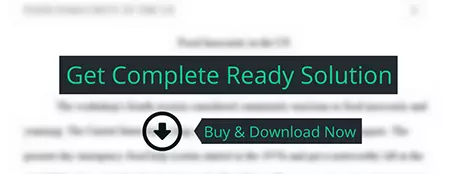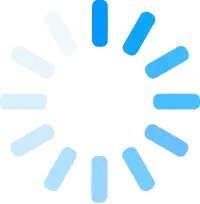Student Self-Assessment: The Key to Stronger Student Motivation and Higher Achievement
general article writing
Description
Student Self-Assessment:
The Key to Stronger Student Motivation
and Higher Achievement
by James H. McMillan and Jessica Hearn
the current era of standards-based education, student self-assessment stands alone in its promise of improved student motivation and
engagement, and learning. Correctly implemented, student self-
assessment can promote intrinsic motivation, internally controlled
effort, a mastery goal orientation, and more meaningful learning. Its powerful impact on student performance—in both classroom assessments
and large-scale accountability assessments—empowers students to
guide their own learning and internalize the criteria for judging success.
In this article, we will define student self-assessment and its importance
in influencing student motivation and learning. We begin with a detailed
definition of self-assessment, then review pertinent theoretical and
research literature that supports the positive impact of student self-
assessment in the classroom. Our intent is to show that, based on both
theoretical and applied research and theory, self-assessment works, and
that by applying a set of practical steps teachers can facilitate this kind
of assessment and reap the benefits.
What Is Student Self-Assessment?
Self-assessment could mean that students simply check off answers
on a multiple-choice test and grade themselves, but it involves much more
than that. Self-assessment is more accurately defined as a process by
which students 1) monitor and evaluate the quality of their thinking and
behavior when learning and 2) identify strategies that improve their
understanding and skills. That is, self-assessment occurs when students
judge their own work to improve performance as they identify discrepancies between current and desired performance. This aspect of self-
assessment aligns closely with standards-based education, which provides
clear targets and criteria that can facilitate student self-assessment. The
40
the pervasiveness of standards-based instruction provides an ideal context in
which these clear-cut benchmarks for performance and criteria for evaluating student products, when internalized by students, provide the
knowledge needed for self-assessment. Finally, self-assessment identifies
further learning targets and instructional strategies (correctives) students
can apply to improve achievement.
Thus, self-assessment is conceptualized here as the combination of
three components related in a cyclical, ongoing process: self-monitoring,
self-evaluation, and identification and implementation of instructional
correctives as needed (see Figure 1). Essentially, students identify their
learning and performance strategies, provide feedback to themselves
based on well-understood standards and criteria, and determine the next
steps or plans to enhance their performance.





